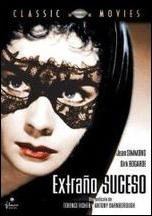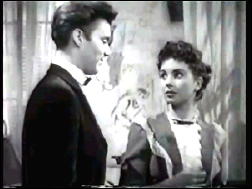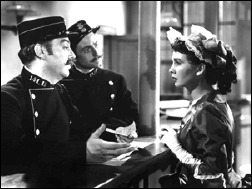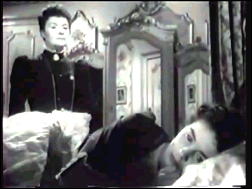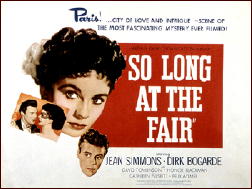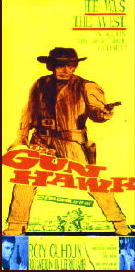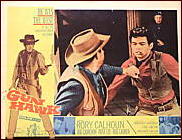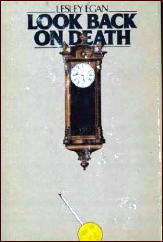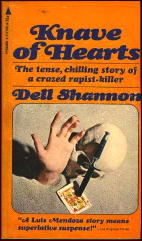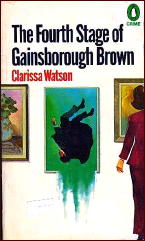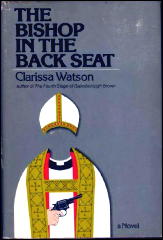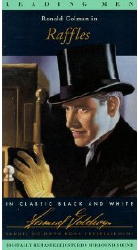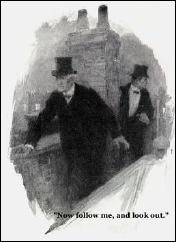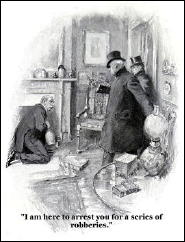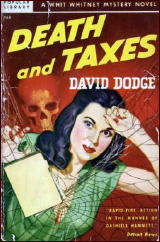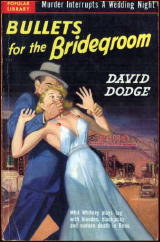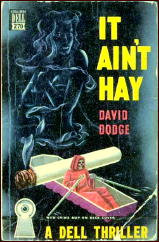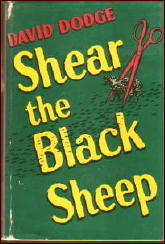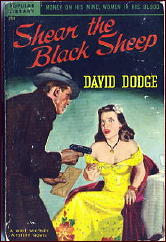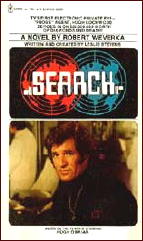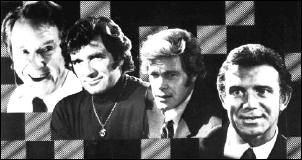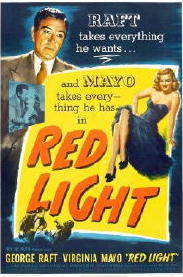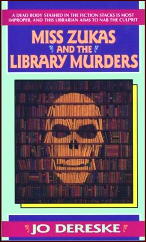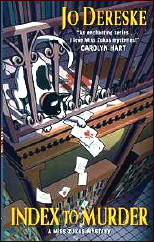Fri 26 Jun 2009
A Review by Mary Reed: LOUIS TRACY – The Postmaster’s Daughter.
Posted by Steve under Reviews1 Comment
LOUIS TRACY – The Postmaster’s Daughter. Cassell, UK, hardcover 1917. Edward J. Clode, US, hc, 1916.
John Menzies Grant is taking an after-breakfast stroll in the garden of The Hollies, a charming house just outside the hamlet of Steynholme, Sussex. An ex-officer and now writer, he’s another of the typical Golden Age “healthy, clean-minded young Englishman” so sadly lacking in detective fiction these days.
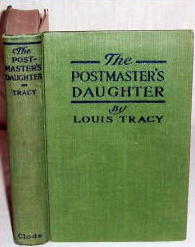
But what is not lacking is a body — in this case a bound woman dragged from the river at the end of a line tied to Grant’s side of the river.
Grant recognises the woman as actress Adelaide Melhuish, to whom he had proposed marriage three years before. He then discovered she was married, and her suggestion he pay her husband to facilitate a divorce so disgusted Grant it precipitated their parting.
He had not seen her since, except for her face in the window, he thought he had glimpsed fairly late the evening before, but which he had dismissed as his imagination running riot.
The other woman in the case is a mere slip of a girl, Doris Martin, the postmaster’s daughter of the title. She lives across the river and she and Grant signal back and forth from home and garden. There is an as yet unacknowledged attraction between them, and the pair were in Grant’s garden the evening of the murder stargazing at Sirius at a time deduced to be not long before the murder took place.
It transpires Miss Melhuish had been in Steynholme for a couple of days asking questions about Grant and his friends and doings, and so suspicion naturally falls on him. Feelings start to run high in the village, fanned by the arrival of Isidor G. Ingerman, Miss Melhuish’s husband, who hints at a suit for alienation of affection against Grant and is otherwise quite beastly.
Grant has some moral support from Miss Martin as well as the owner of another pair of boots which take up residence under his dinner table, this particular set belonging to Grant’s close friend and global adventurer Walter Hart, whose conversational turns of phrase would make a number of present day humorists envious.
Tracy’s delightful pair of dueling Scotland Yard detectives solve the mystery, although the eccentric Charles Furneaux initially turns up without his more stolid investigative partner James Winter, who does not get onstage until about half way through the book.
My verdict: This is the sort of novel where the reader is drawn along at a rattling pace. There are few clews and much obfuscation, with comic interest added by badinage between the Scotland Yard men and Hart.
Readers may quibble with how some of the evidence is obtained, but the shifting moods of the local residents are well portrayed and the mystery ends with a strong denouement in the hamlet’s main street, followed by a brief “what happened next” chapter tying up the loose ends. It’s fair to say cozy fans as well as those enamored of the Golden Age of Detection will enjoy this novel.
Etext: http://www.gutenberg.org/dirs/1/0/1/1/10110/10110.txt
Biblio-biographical data:
From Wikapedia: “Louis Tracy (1863-1928) was a British journalist, and prolific writer of fiction. He used the pseudonyms Gordon Holmes and Robert Fraser, which were at times shared with M. P. Shiel, a collaborator from the start of the twentieth century.”
For information on Tracy’s collaborations with M. P. Shiel, this website may tell you all you need. For a complete bibliography of Louis Tracy’s own work, a chronological checklist complied by John D. Squires can be found online here.
Previously reviewed by Mary Reed:
The Strange Case of Mortimer Fenley, 1915.
Number Seventeen, 1916.
